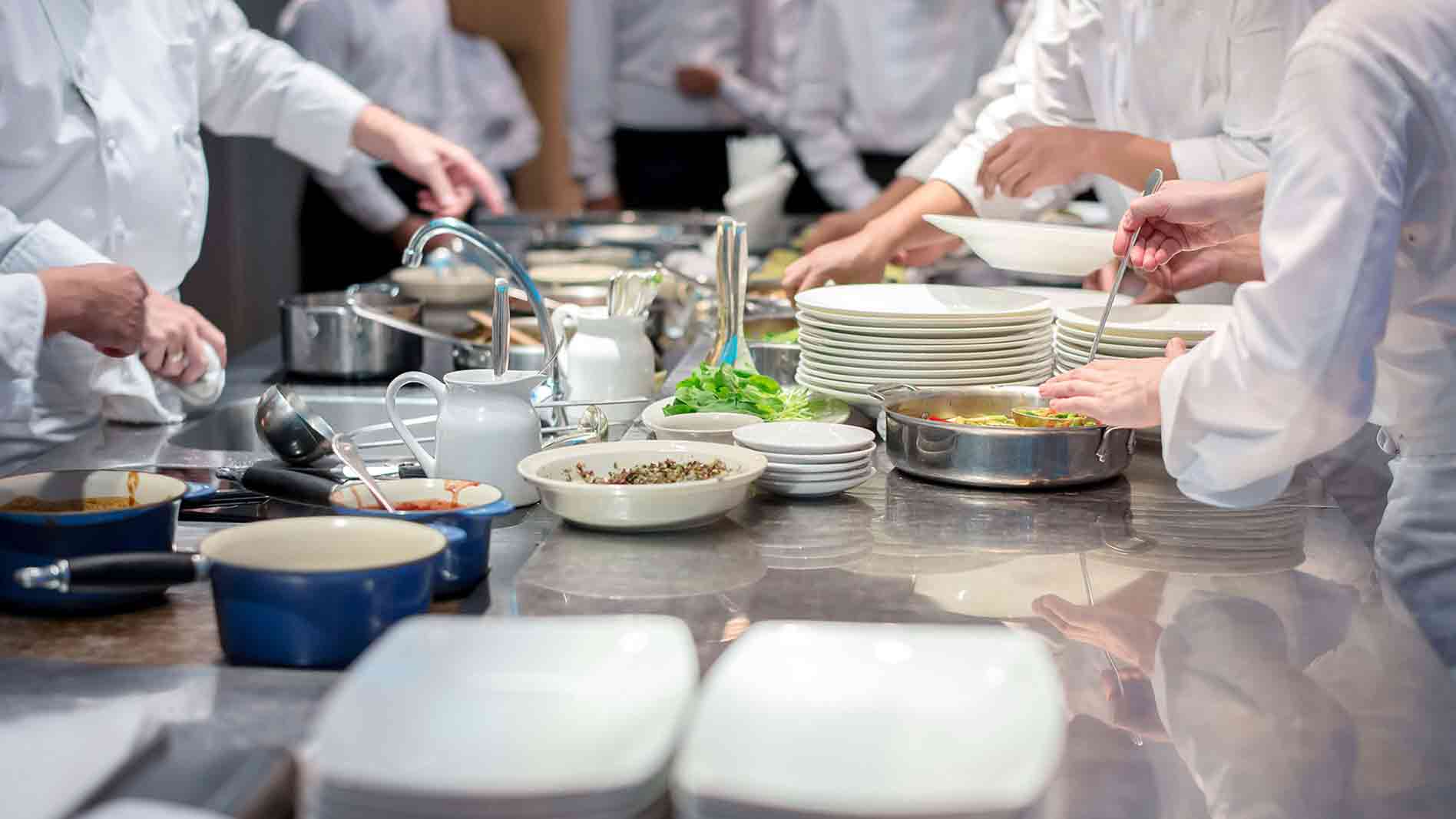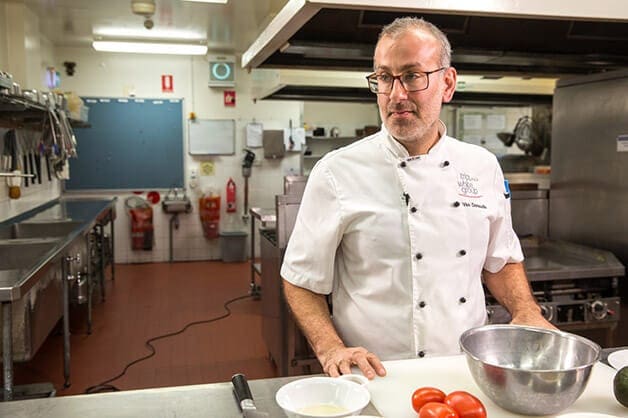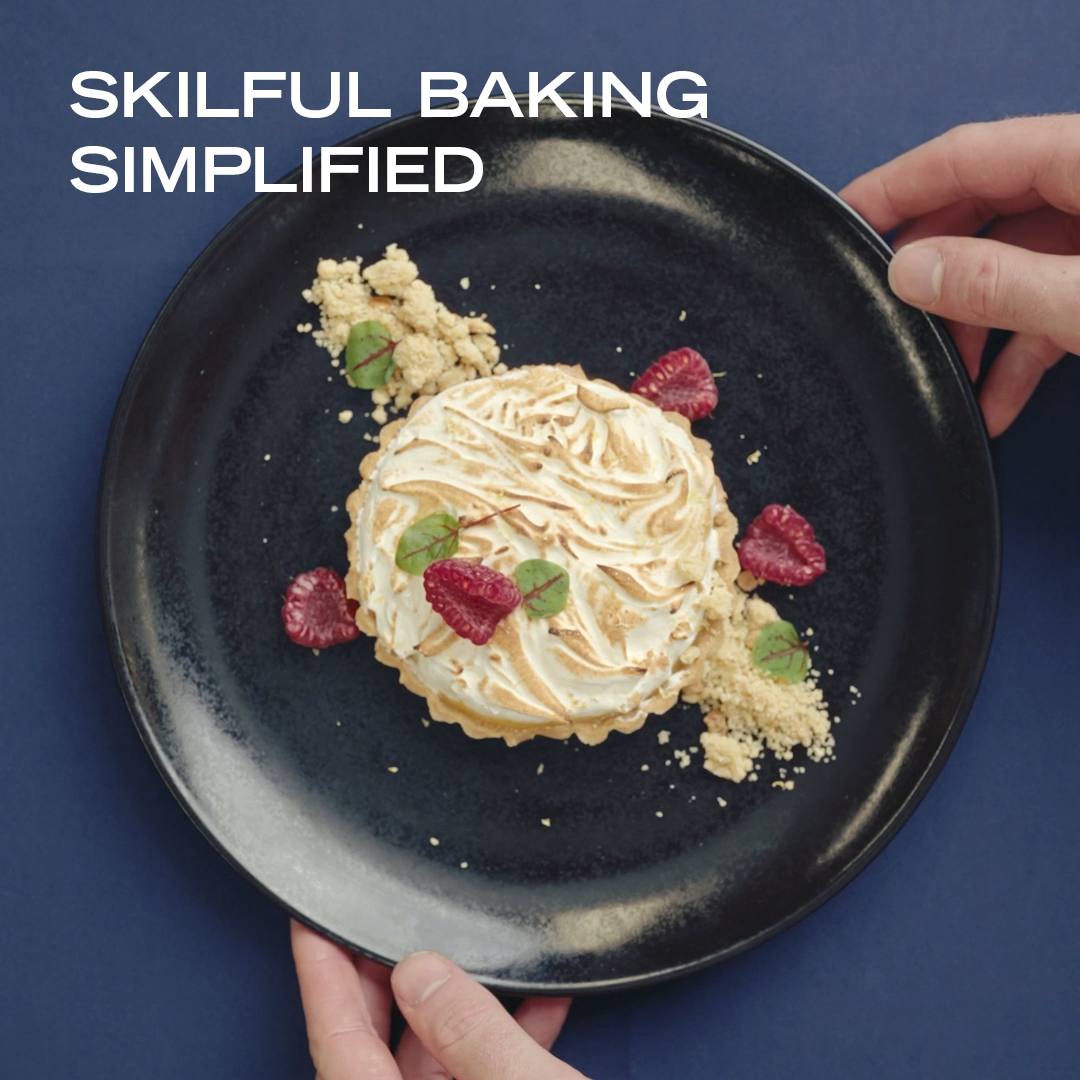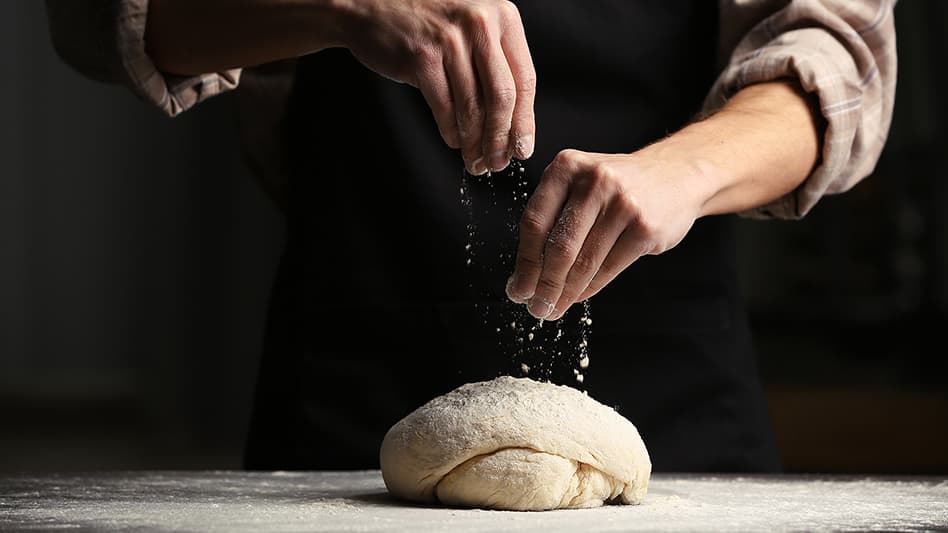
The trend of successful fine dining restaurants paring back menus to focus on ‘food made fast’ is designed to stretch the dollar further. We look into the business side of running a kitchen and how lessons from this movement can save your kitchen money.
Over the last few years, many Australians have felt the pinch as the cost of living has risen and risen. We’ve been less likely to spend lavishly on fine dining experiences, instead of looking for ways to stretch our dining dollar further.
Recently this exponential growth has resulted in the correction that many predicted – as property prices level out and consumer confidence wanes key indicators such as the drop in new car sales and the reduction in GDP suggests that we’re now being more careful with our expenditure.
Frustratingly both of these outcomes apply pressures to the hospitality industry – particularly at the fine dining end of town. Hospitality award rates continue to create significant overheads for businesses, yet with the slashing of the 457 visa and removal of penalty rates, many kitchens are struggling to find staff.
The switch from fine dining to convenience products:
For Vasilios Donoudis, Executive Chef at Trippas White Group, he believes not being able to support a large team of chefs as a defining factor that pushes many into going down the fast-food or bistro style business model.
“What do they do when they just can’t run like a fine dining place anymore? They change to a fast-food restaurant where diners come to the counter and pay, reducing their need for floor staff,” he explained.
“In a fine dining restaurant, you need quite a large number of chefs because the food is much more finicky. Whereas in fast-food restaurants you don’t need as many highly trained technical chefs.”
It’s much the same for Graham Krueger, Group Executive Chef at Wests Leagues Club.
“With this new style of fast-food menu, because you’re relying on a lot of stuff that’s already been pre-prepared, you need a lot less technically trained chefs. You really just need a few that can assemble everything and one to two higher trained chefs to maintain the standards of the restaurant,” he explained to Goodman Fielder Food Service.
In terms of what we can expect in terms of the quality of food in restaurants, Chef Kruger doesn’t see the increased use of pre-packaged foods as a bad thing.
“I think as long as you investigate the brands you’re investing in and make sure they’re aligned with the brand you are selling, the quality of your food will be just as good,” he said.
“Pre-packaged food allows for a faster-moving restaurant, which is really what this changing business model is all about. Anything that makes that process move faster is a plus for me, you just have to be smart about it and do your research.”

What does this mean for chefs starting in the industry?
While many might think this signals the end for employment opportunities as more venues more towards pre-prepped, fast cooking styles, Chef Krueger thinks it’s simply changing the opportunities that are available, rather than eliminating them altogether.
“Even though there are fewer chefs being employed in each restaurant across the country, there so many more sites opening all the time that need to fill job spaces. So the opportunity is still there, it’s just changed,” he said.
In fact, the change in the business model could be a plus for employees who find themselves part of a smaller team.
“There’s more opportunity to receive better pay if you have less staff in your brigade. For example, if I have three people on my brigade compared to the eight I might need for fine dining, I have a lot more money to disperse amongst them,” Chef Krueger said.
“You do expect a bit more of them though, as there aren’t others there to pick up the slack. They might be expected to have a few additional skills, or work some long hours.”
How are hospitality award rates impacting the industry?
“I do think wages are kind of killing the industry,” Chef Donoudis said. “Fine dining chefs, they really aren’t being paid enough, which is actually why we are seeing a decline in the number of people choosing this profession.
“It’s also why we are seeing a large number of fine dining chefs decide to take on the bistro or fast-food style restaurant because it’s a cheaper model to run and they don’t have to hire as many chefs.”
This stance on wages is one mimicked by Chef Krueger, who also thinks there needs to be more freedom to pay employees based on their skillsets.
“Wages are killing the industry, they want people to be paid the same amount all seven days of the week. How do you get employees to come in on the weekend, on a Sunday, when they’re getting paid the same as during the week?”







